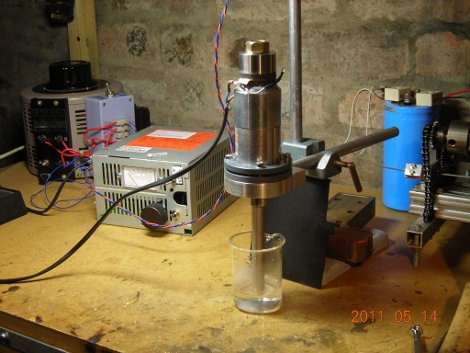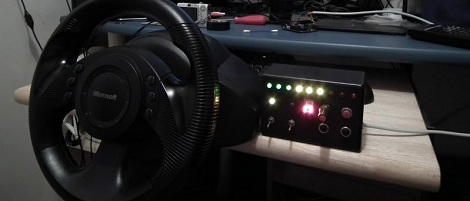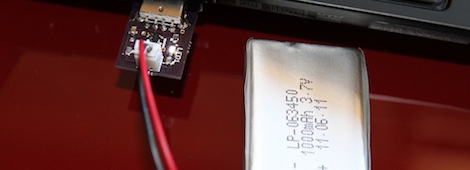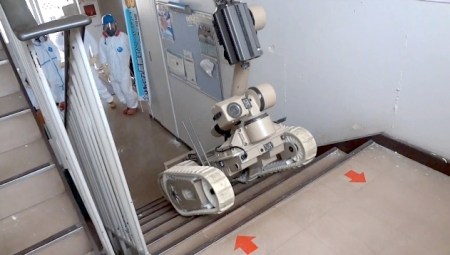
If you’ve never been to a chiptune show – yes, they exist – you’ve noticed the awesome visuals behind the performers that are usually displayed with a glitching NES. If it’s a really good show, that 8-bit visualization will be in sync with the music and may actually serve as a lo-fi spectrum analyzer. [Andy] came up with his own visualization system for a Sega Genesis or Megadrive. With 16 bits behind his build, we’ll say if far surpasses the lowly NES.
For his visualization, [Andy] feeds audio into an ATMega328 and the ever-popular MSGEQ7 seven-band graphic equalizer IC. The output from the EQ goes straight to the second controller input of a Sega Nomad [Andy] had lying around that is running a custom ROM for his show. The ROM is programmed in tandem with the microcontroller project to serve as a spectrum analyzer for his shows.
You can check out [Andy]’s visualization with the chiptunes of Danimal Cannon after the break. We would prefer a demo featuring An0vA and the code for the microcontroller, but it’s still a very nice demo indeed.
















